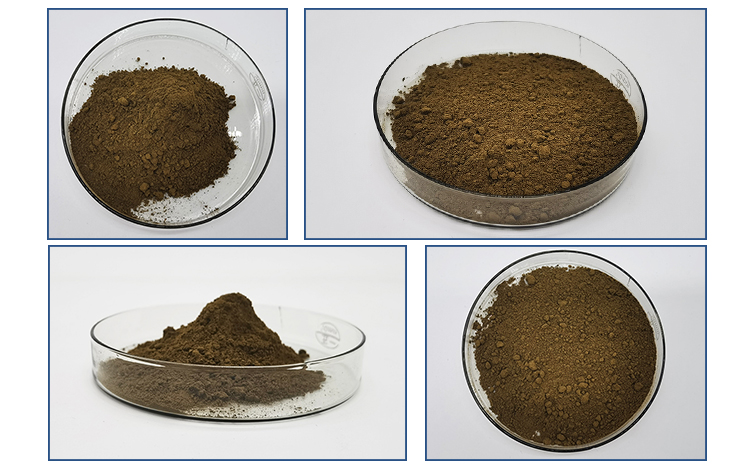Amentoflavone is a naturally occurring biflavonoid compound found in a variety of plants, particularly in the family of ferns (Selaginellaceae) and in some flowering plants such as Ginkgo biloba. Here’s a detailed overview of its origin, properties, and applications:
Origin and Natural Sources:
Amentoflavone was first isolated from Selaginella tamariscina, a species of clubmoss, hence its association with the Selaginellaceae family. It has since been found in other plants as well, including:
- Selaginella species: These fern-like plants are rich sources of amentoflavone, with various species contributing to its availability in traditional herbal medicines.
- Ginkgo biloba: A well-known medicinal plant, Ginkgo biloba also contains amentoflavone along with other bioactive compounds.

Chemical Structure and Properties:
Amentoflavone has a distinctive chemical structure characterized by two flavone units linked together. Its chemical formula is C30H18O10. Key structural features include:
- Biflavonoid Structure: It consists of two flavone units connected by a central bridge, which contributes to its unique biological activities.
- Hydrophobic Nature: Amentoflavone is relatively hydrophobic, which affects its solubility and absorption properties in biological systems.
Biological Activities and Pharmacological Properties:
Amentoflavone exhibits a range of biological activities, making it a subject of interest in pharmacology and medicinal chemistry:
- Antioxidant: It shows potent antioxidant properties, which can help in reducing oxidative stress and inflammation in the body.
- Neuroprotective: Studies suggest it may have neuroprotective effects, potentially benefiting conditions involving neuronal damage.
- Anticancer: There is ongoing research into its anticancer properties, particularly its ability to inhibit certain pathways involved in cancer cell proliferation.
- Anxiolytic: Some studies indicate it may have calming effects, possibly due to its interaction with neurotransmitter systems in the brain.

Applications and Research:
- Traditional Medicine: In traditional Chinese medicine (TCM) and other herbal medicine practices, amentoflavone-containing plants have been used for various therapeutic purposes, including as anti-inflammatory agents and for their calming effects.
- Modern Medicine: With ongoing research, amentoflavone is being investigated for its potential in treating conditions such as cancer, neurodegenerative diseases, and metabolic disorders.
- Pharmacokinetics: Research into its absorption, metabolism, and bioavailability is crucial for understanding its potential therapeutic applications in clinical settings.
Conclusion:
Amentoflavone is a promising natural compound with diverse biological activities and therapeutic potentials. Its discovery in various plants, coupled with modern scientific investigations, underscores its importance in both traditional and modern medicine. Ongoing research aims to further elucidate its mechanisms of action and explore its applications in treating various human diseases.
